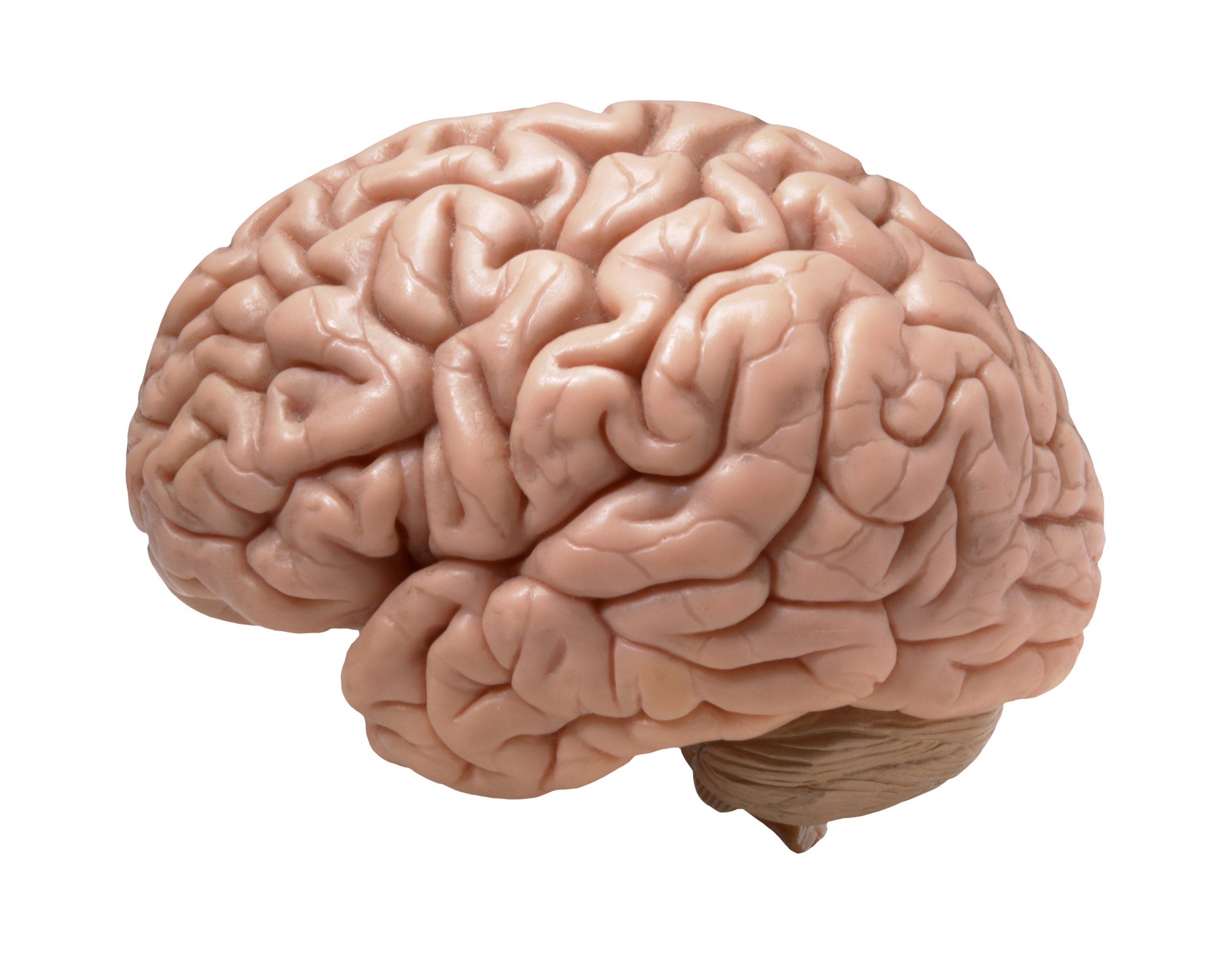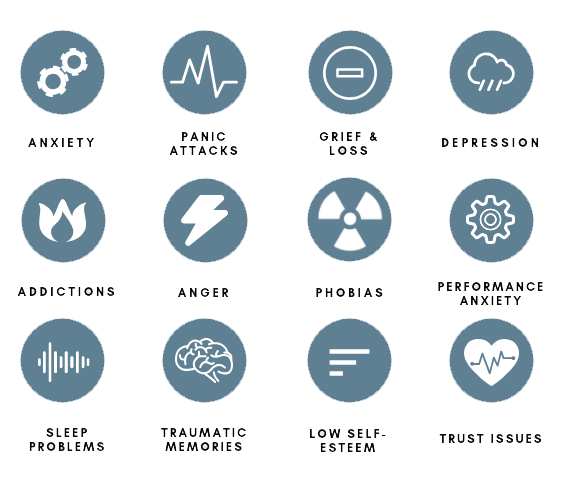EMDR
How Does it work?
The brain is without question the most complex organ in the body. It is a very intelligent organ that can work beautifully for us; however, it can cause us quite a few challenges along the way. We are in an exciting era of understanding the brain better. We have access to technology that allows the study of the brain, therefore, making it more accessible – however, we are at the tip of the iceberg in terms of understanding its full potential.
What we do understand, is that when a person experiences a traumatic event, a shock to the system that is too overwhelming to process normally. It gets stored in one part of the brain, with all the sights, sounds, thoughts, feelings and body sensations that accompanied the event at the time it occurred. Even if you do not cognitively remember it at the time or afterwards.
When events are extraordinarily upsetting, the brain is sometimes not able to process the experience as it normally does. Therefore the thoughts, feelings and sensations of the traumatic event can become frozen in the nervous system as if in a “time warp”. This leaves us feeling not only that we can’t escape the experience but that we also keep reliving it.
On a day to day basis, we may even find we can function very well, but then all of a sudden a colour, a smell, a word, a noise or a look can set off a series of physical and emotional reactions that can bring us to a standstill. These are triggers, during the process of EMDR, we get rid of them, so they become a non-issue going forward.

Adaptive Information Processing?
EMDR works in activating the brain’s natural processing abilities with great efficiency, thereby helping to move any disturbing and stuck material through the nervous system. It allows the person to heal more completely. The ability of our brain/body/mind to accomplish this type of resolution is called an “Adaptive Information Processing” system or AIP.
The AIP presumes that the brain, like the rest of our body, has the natural capacity to heal itself after being traumatised.
To use the example of cutting a finger, we do not have to tell the body how to heal that finger – it just automatically activates its healing mechanisms.
What experiences can EMDR be used for?
The most commonly known trauma disorder is Post-Traumatic Stress Disorder (PTSD). This disorder sometimes develops after a person experiences an event (or multiple events) so disturbing to them that they are unable to process what happened in a way that allows them to heal from it. EMDR works by “desensitising and reprocessing” memories stored as a result of traumatic experiences.
The kinds of traumatic experiences that can sometimes lead to PTSD are events such as (please note this is not an extensive list)
- Rape
- Assault
- Childhood or adult abuse
- Extreme illness or the sudden death of a loved one
- Car accidents
- Dog bites
- Experiences of war
- Kidnap, hostage situations
- The unexpected death of a loved one
- Fires
- Burglary
- Suicide (witnessing or remaining relative/friend)
- Murder/Manslaughter
- Natural disasters
- Phantom limb pain
- Traumatic grief

Examples of symptoms of trauma or abuse?
Not everyone experiences the full spectrum of the symptoms listed below, but if you are experiencing several (or all) of these, you may be experiencing a “trauma-based” disorder:
- Depression and anxiety
- Sleep disturbance
- Intrusive thoughts
- Heightened levels of “vigilance.”
- Physical arousal
- Substance abuse
- Numbing
- Emotional outbursts
- Panic Attacks
- Suicidal Ideation
- Erratic behaviours
- OCD
Further to these types of traumas are the less obvious ones that still bring about very distressing feelings, including:
- Divorce of parents
- Bullying
- Teasing
- Shaming
- Humiliation
- Constant criticism
Experiences like these usually accumulate over time from childhood. For a child or young person, these issues can be traumatic. If not addressed, these issues become layered experiences over time until one day later on this group of experiences come to the fore by way of physical or emotional health issues.


